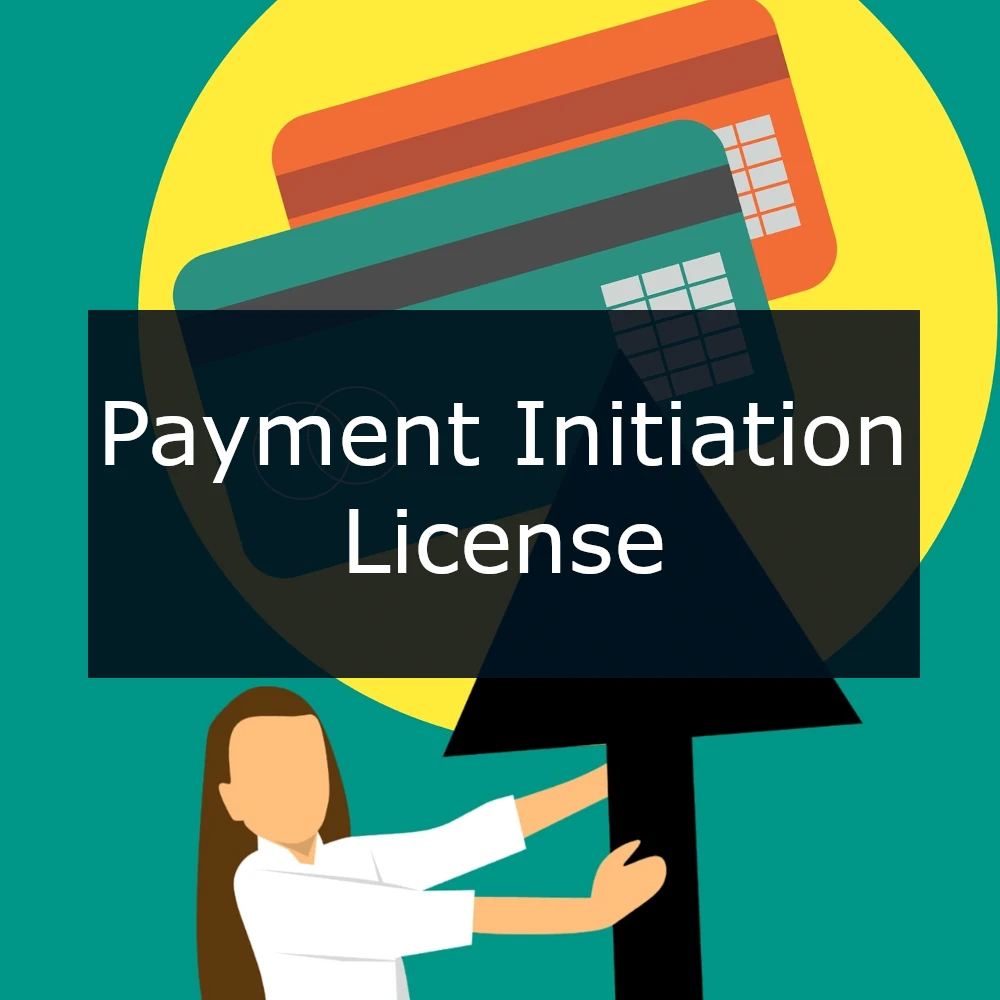In the evolving landscape of financial technology, Payment Initiation Service Providers (PISPs) are emerging as key players that revolutionize how payments are made online. Simplifying the process for consumers to initiate payments directly from their bank accounts, PISPs offer an alternative to traditional payment methods, enhancing the speed, efficiency, and security of transactions. If you’re a fintech enthusiast or an entrepreneur looking into offering payment services, understanding the licensing process for PISPs is crucial. This post aims to demystify the requirements and steps involved in obtaining a Payment Initiation Service Provider License, setting the foundation for your venture into the fintech sector.

The Role of a Payment Initiation Service Provider
Before we dive into the licensing process, it’s essential to grasp what a PISP does. Essentially, a PISP acts as an intermediary between the customer and their bank, facilitating online payments without the need to reveal account details to third parties. As seen at http://psplab.com/services/pi-emi-authorisation/payment-initiation-service-provider-pisp-license/, PISPs can manifest in diverse forms, supplementing the services provided by traditional financial institutions. For example, they can operate as Electronic Money Institutions, offering the ability to initiate transactions from accounts held at other financial entities. Further, PISPs can also function as e-money wallets, enabling consumers to store and manage funds for payments.
Understanding Regulatory Requirements
Obtaining a license to operate as a PISP is subject to regulatory requirements, which vary by jurisdiction. In the European Union, for instance, the Revised Payment Services Directive (PSD2) outlines the legal framework within which PISPs must operate. To comply, applicants need to demonstrate robust security measures, including strong customer authentication (SCA) and secure communication channels. Additionally, the regulatory authority may require detailed business plans, financial forecasts, and evidence of operational competencies. Familiarizing yourself with these requirements is the first critical step toward licensing.
The Licensing Process
The process for obtaining a PISP license involves several stages, starting with the preparation of a comprehensive application package. This package typically includes documentation of your business model, governance structure, risk management procedures, and technical security measures. Following submission, the application undergoes a rigorous assessment by the relevant financial regulatory body. This phase may involve queries and requests for additional information, underscoring the importance of thorough preparation and clarity in your initial application. After successful evaluation, the regulator will grant the license, officially authorizing your company to operate as a PISP.
Building Your Infrastructure
Once you’ve obtained the necessary license, the subsequent phase is focused on developing the infrastructure required to safely offer payment initiation services. This critical step involves the creation and implementation of secure software that not only meets but exceeds regulatory standards for data protection and transaction security. To ensure the highest level of security, it’s imperative to invest in the latest encryption technologies and sophisticated fraud detection systems. These technologies serve as the backbone for protecting client information against cyber threats and maintaining a high level of trust with customers.
Moreover, fostering strong relationships with financial institutions is key. Establishing partnerships with banks and seamlessly integrating with their Application Programming Interfaces (APIs) are essential steps for enabling smooth and reliable payment transactions. This integration allows for a more streamlined payment process, enhancing the user experience by providing fast and secure payment options. In addition to building a secure technological foundation, continuous monitoring and updating of security measures and software compliance are necessary to adapt to the evolving landscape of cybersecurity threats and regulatory changes.
Navigating Challenges and Looking Ahead
The road to becoming a licensed Payment Initiation Service Provider is fraught with challenges, from navigating complex regulatory landscapes to building a secure technical infrastructure. However, the opportunities it opens up for innovation in the payments sphere are immense. By staying informed about regulatory changes, continuously enhancing security protocols, and prioritizing customer experience, PISPs can thrive in the dynamic fintech ecosystem. Looking ahead, the growth of digital payments is poised to accelerate, and with the right preparation and strategic vision, your PISP venture can capitalize on this trend, driving forward the future of finance.
Securing a Payment Initiation Service Provider (PISP) license is a meticulous process that entails a deep understanding of regulatory requirements, thorough preparation of a comprehensive application, and the development of robust technical infrastructure. This endeavor not only enables fintech entrepreneurs to facilitate seamless payment transactions but also positions them at the forefront of financial innovation. By adhering to stringent security standards, fostering synergistic relationships with banking institutions, and continuously refining the user experience, PISPs hold the key to transforming the payments landscape. The pathway to obtaining a PISP license, while challenging, is a rewarding venture that unlocks vast opportunities in the burgeoning field of digital payments. Future-focused and resilience in the face of evolving regulatory and cybersecurity landscapes will serve as the bedrock for the success of Payment Initiation Service Providers in an increasingly digital financial world.


